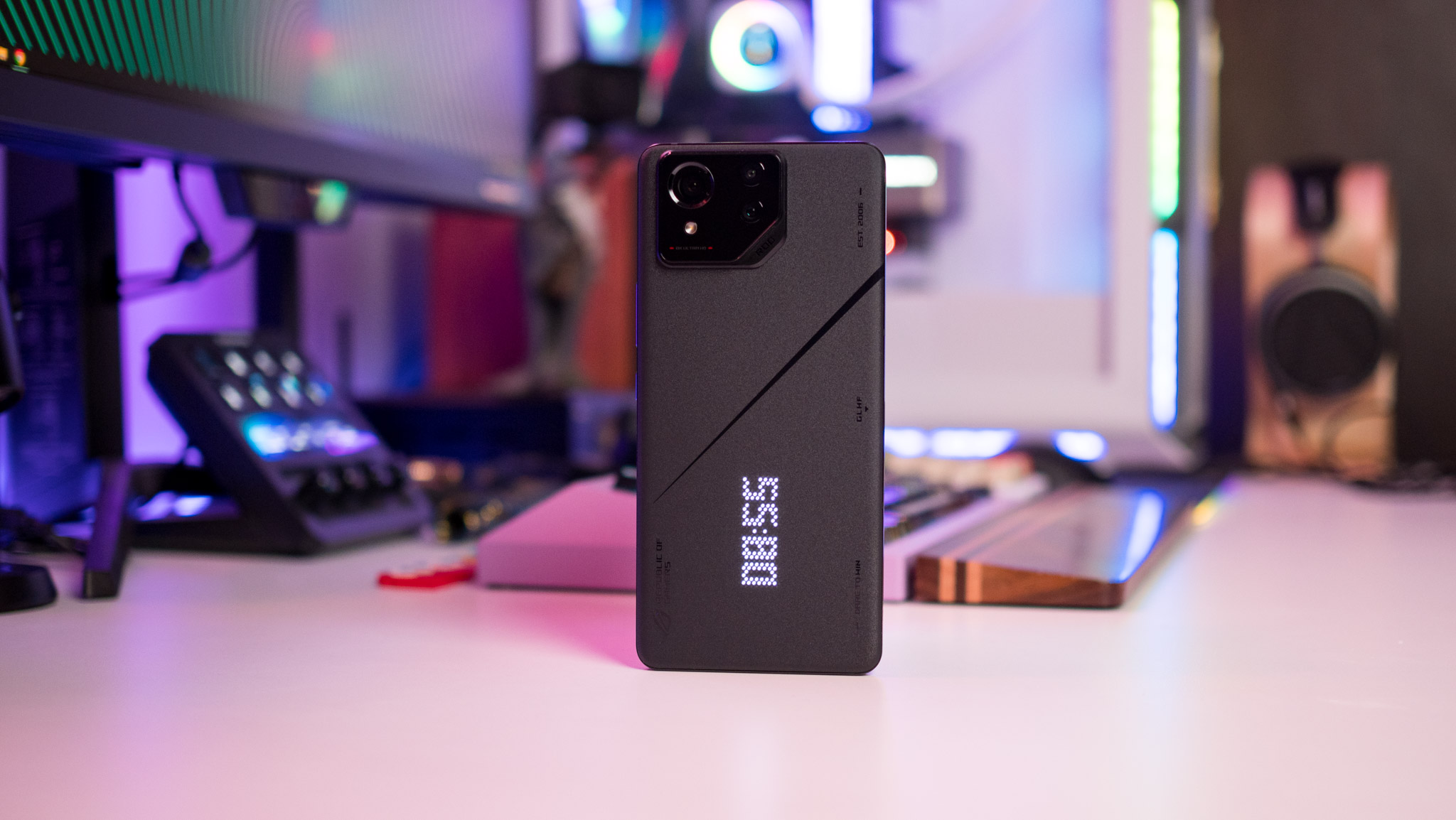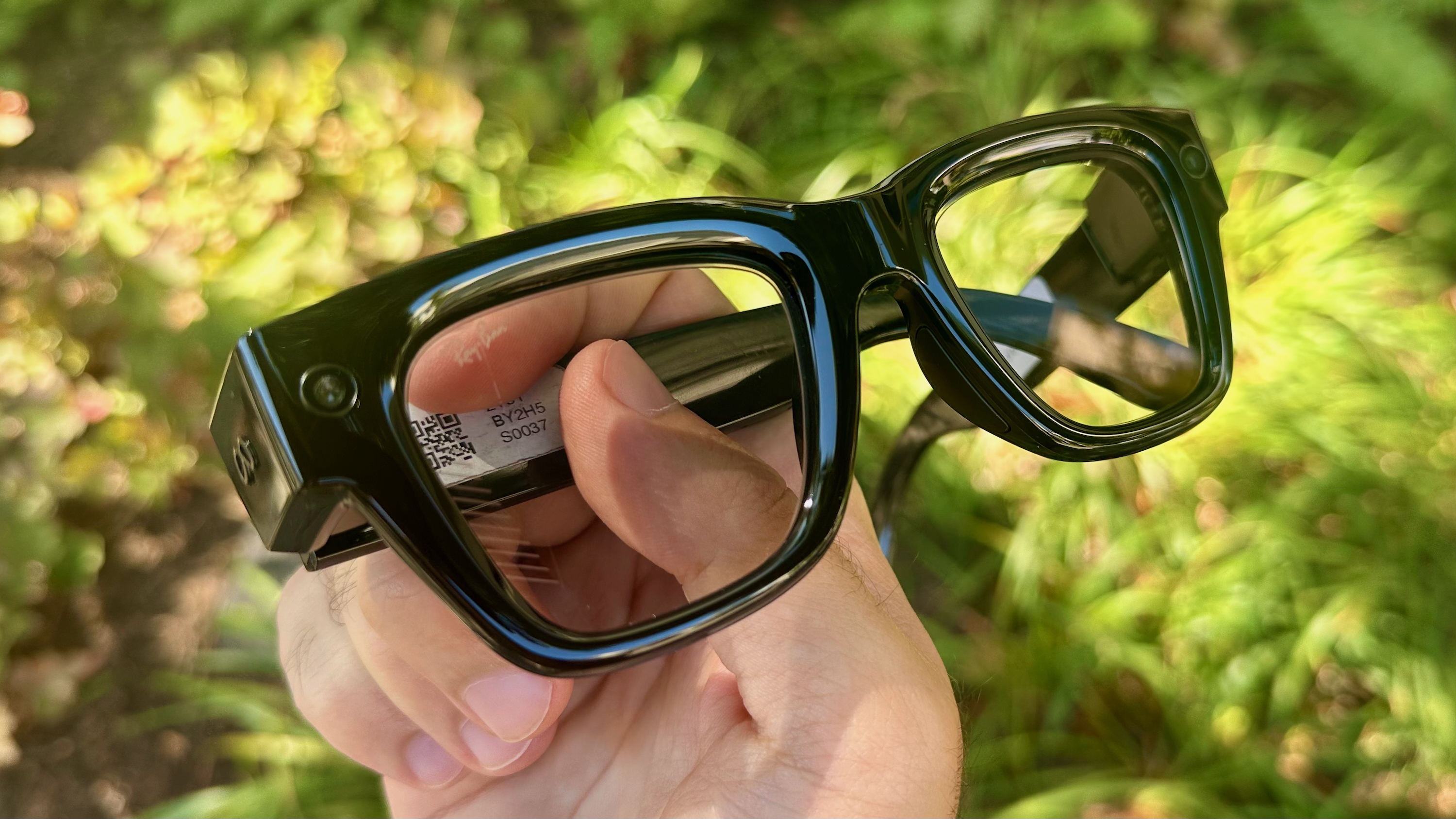Why you can trust Android Central
I've always been a fan of gaming phones, and no one does a better job in this segment than ASUS. I got to use all the devices in the ROG Phone series, and while they delivered outstanding performance, there were two things that prevented these devices from gaining more mainstream attention: the design wasn't really subtle, and the cameras were a distinct afterthought.
ASUS is looking to address those shortcomings with the ROG Phone 8 series. You don't get the same aggressive styling any longer, with the brand instead offering a much more reserved design that makes these devices closer to mainstream phones from Samsung, Google, and Xiaomi. I used the ROG Phone 8 Pro as my daily driver for just over a week now, and here's why you need to pay attention to the device.
ASUS ROG Phone 8 Pro: Design
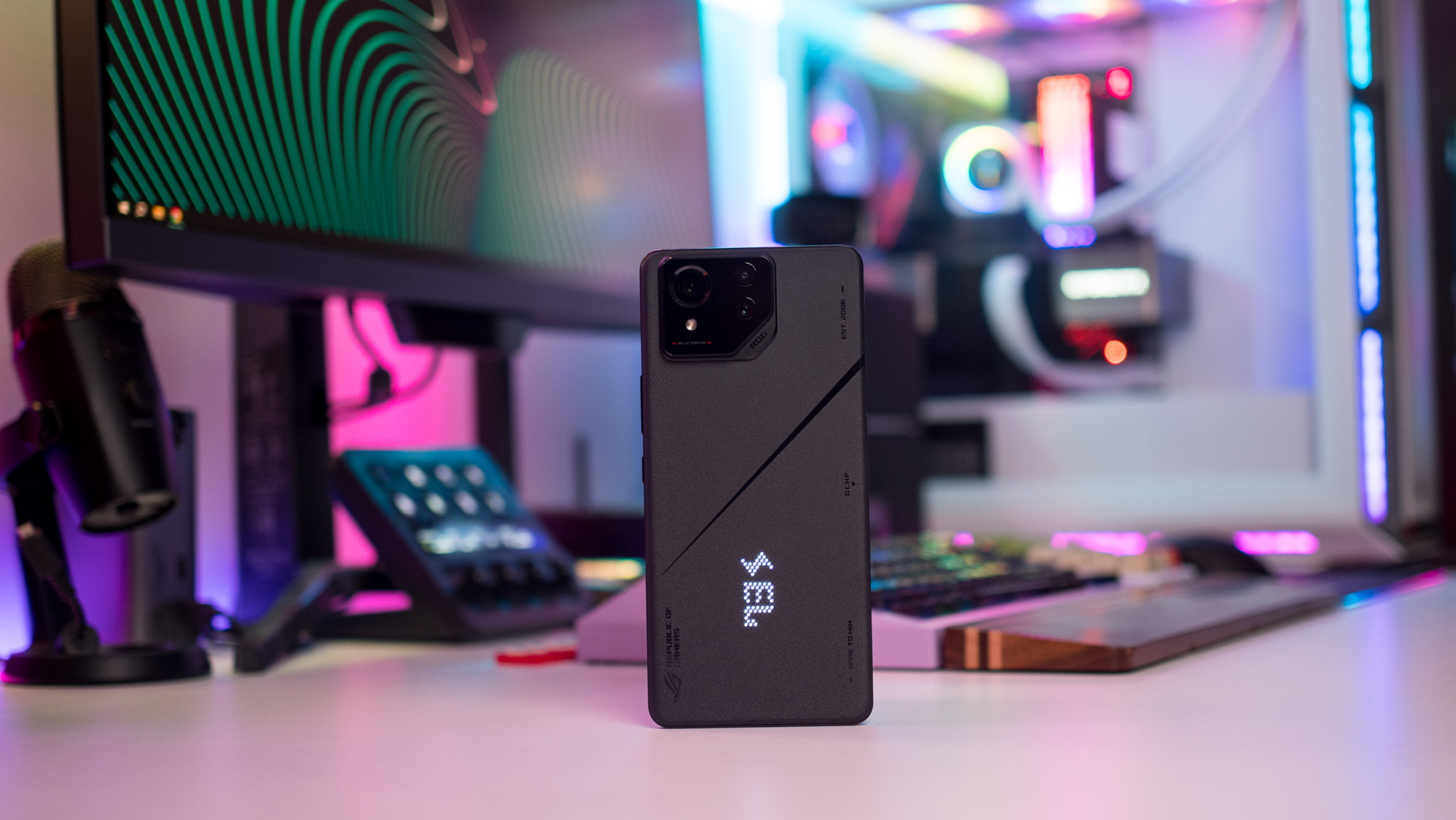
The biggest difference with the ROG Phone 8 Pro is the design; you now get a clean design at the back, with a two-tone finish on the standard ROG Phone 8 and a matte texture that looks fantastic on the ROG Phone 8 Pro. There's still ROG branding and some text at the back — GLHF, Dare to Win, and so on — but it isn't visible until you're a few inches away from the device.
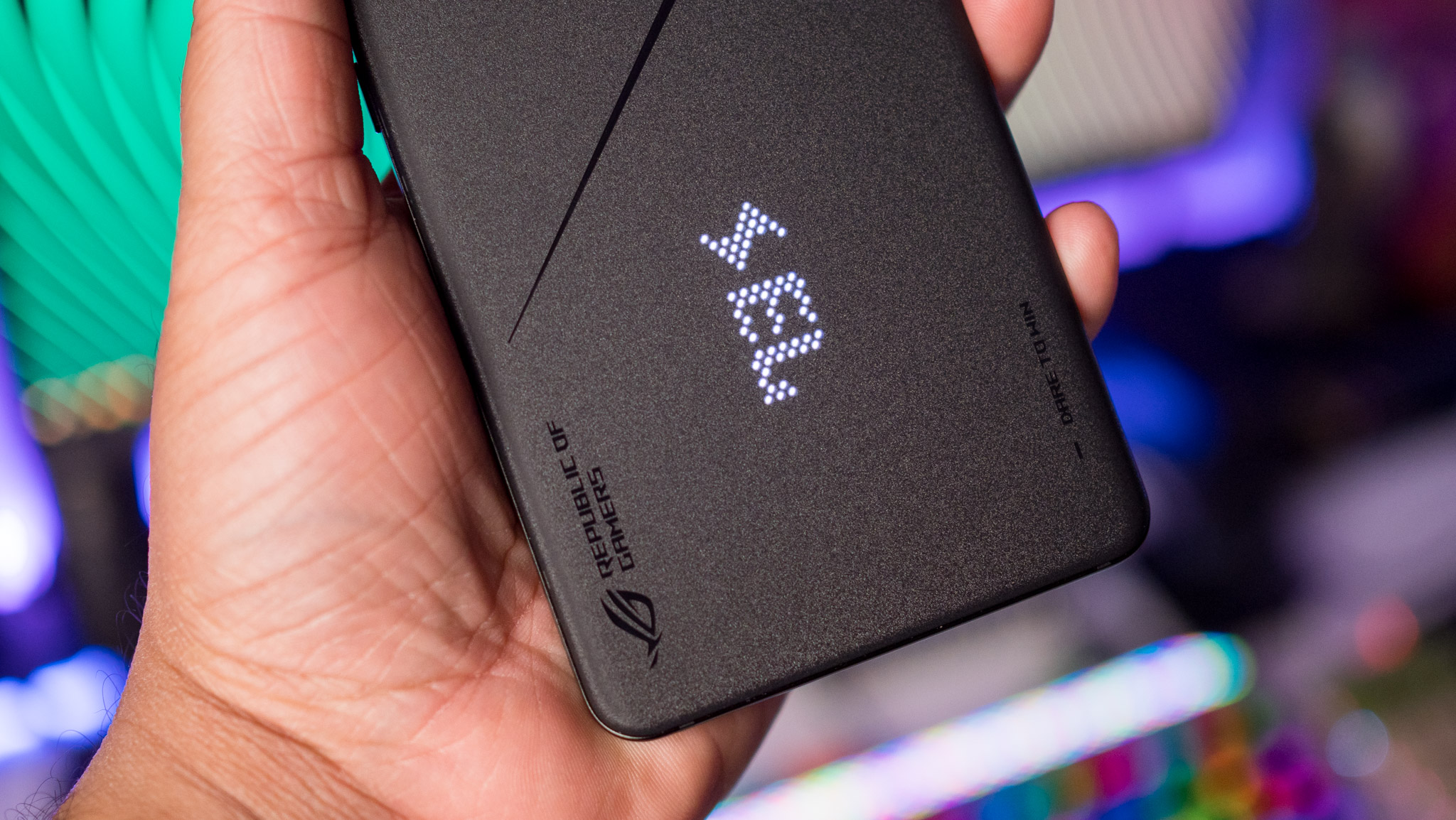
Basically, the design is all grown up, and while I was a fan of the aggressive styling of years past, I will agree that this design aesthetic looks much more modern, and makes the phones appealing to a significantly wider userbase. Thankfully, ASUS still retained RGB lighting, but that's limited to the ROG Phone 8; the Pro version gets a dot matrix panel instead that's dubbed AniMe Vision.
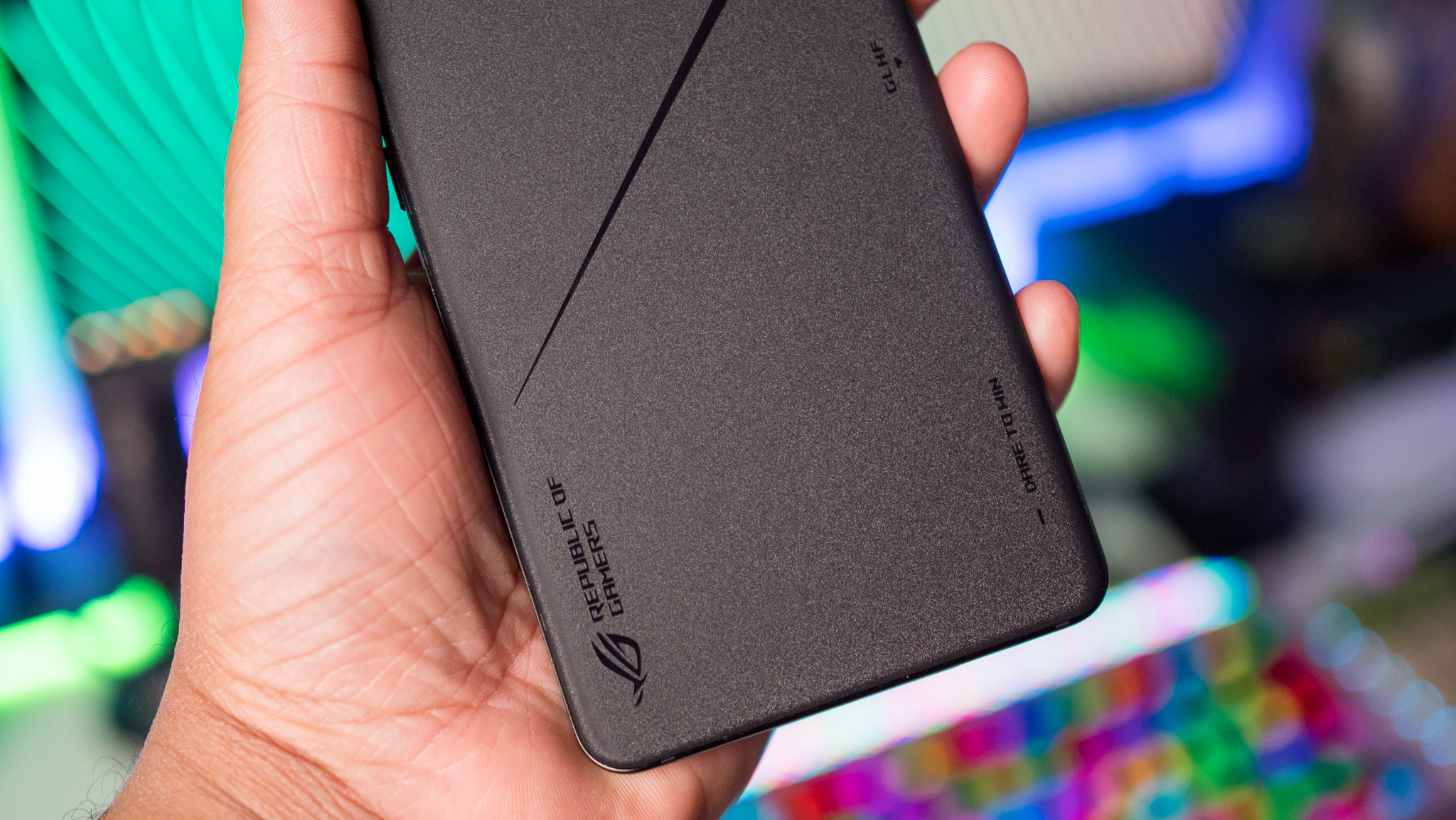
The best part about the screen at the back is that you can disable it entirely, and doing so makes it invisible — there's no way to tell it has a second panel at the back that shows notifications, charge level, and incoming calls. And no, there isn't a model that has the ROG Vision panel at the back, but ASUS may debut another variant down the line. Fingers crossed.
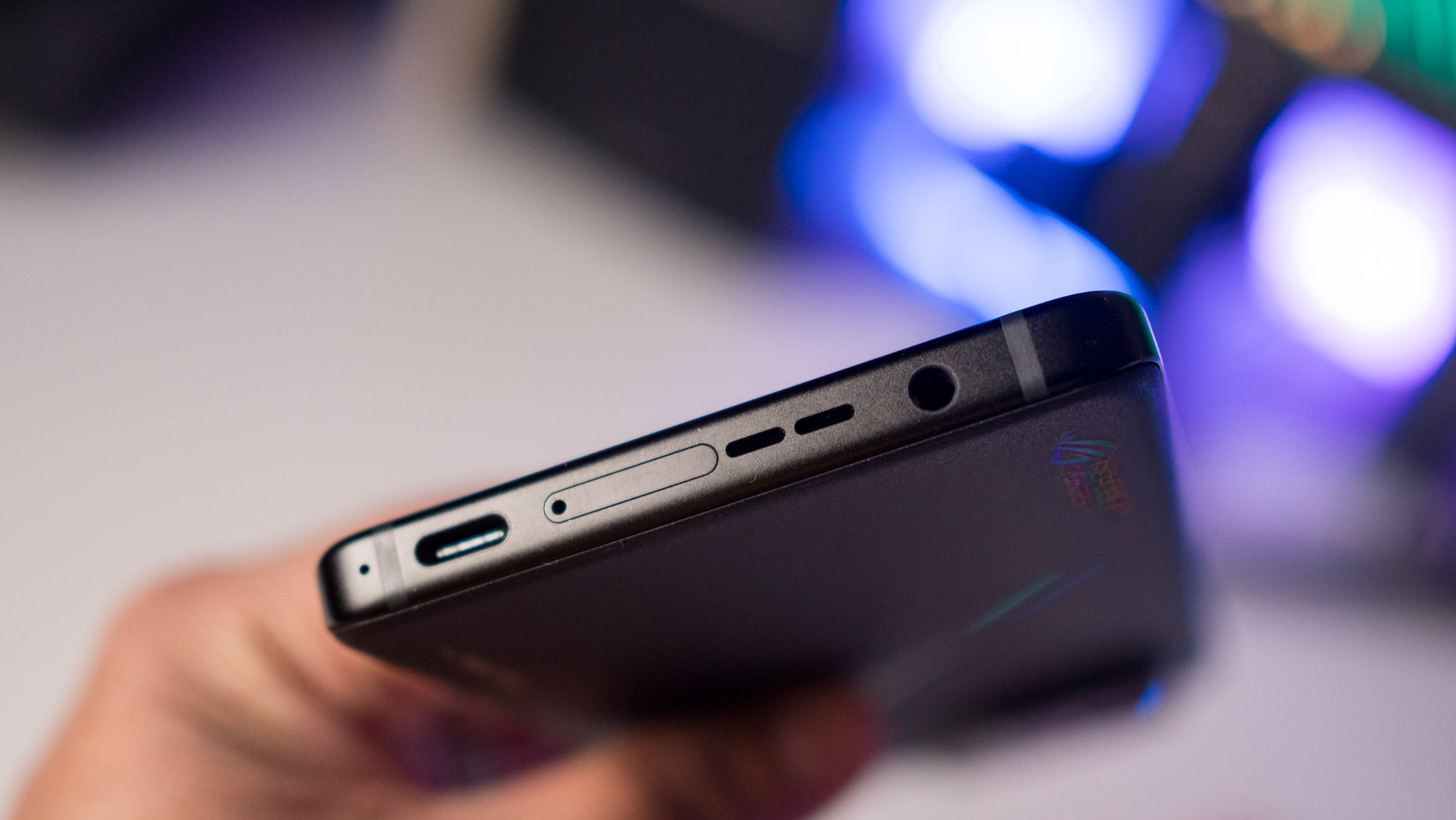
The ROG Phone 8 is the thinnest and sleekest phone in the series by a significant margin, and this is immediately noticeable when using it next to the ROG Phone 7 Ultimate. It is just 8.9mm thick, and at 225g, it is significantly lighter to hold and use. The design also sees flatter sides, but with subtle curves where the back meets the mid-frame, and this makes using the phone an absolute joy.
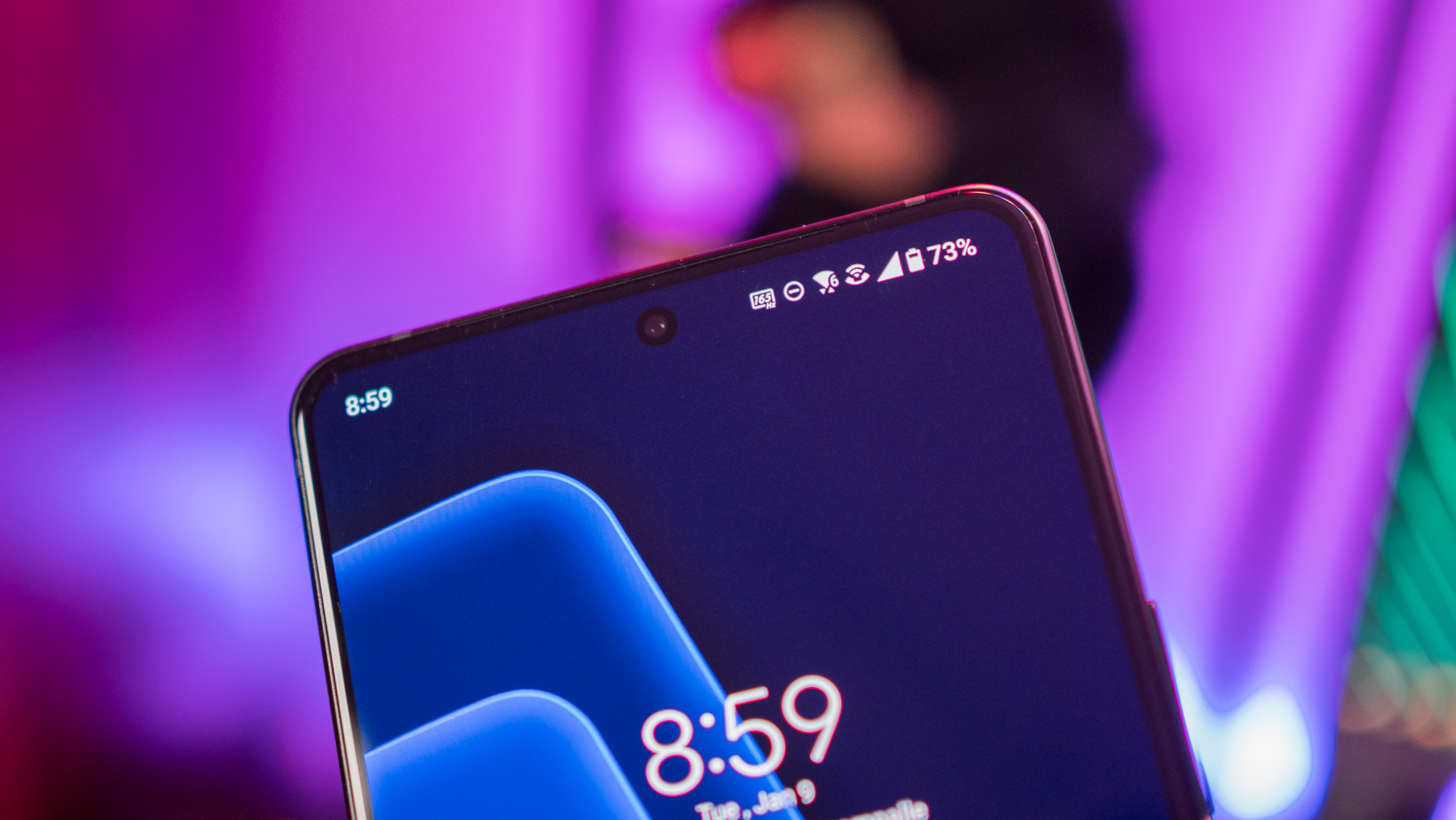
ASUS also lavished a lot of attention at the front, reducing the size of the bezels to a significant degree. More than anything else, this change puts the ROG Phone 8 on par with the best phones when it comes to the design. And while it is thinner and lighter, ASUS still somehow managed to provide a 3.5mm jack, unlike just about every other brand. And yes, you still get a second USB-C charging port on the left side.
Get the latest news from Android Central, your trusted companion in the world of Android
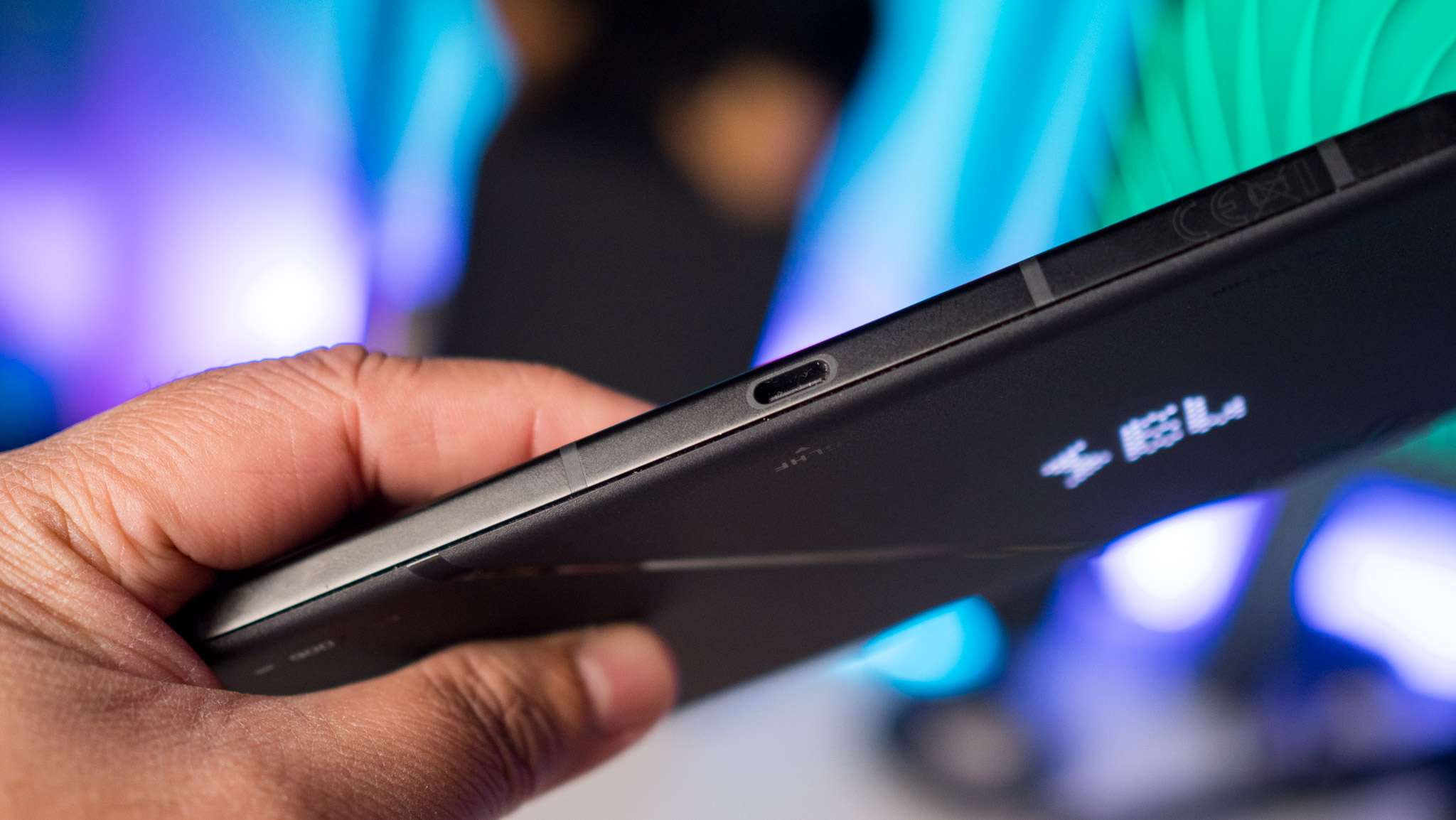
On the whole, this is a familiar design that has been modernized, and honestly, ASUS did a brilliant job. Talking about positives, the ROG Phone 8 boasts a lot of firsts — it has upgraded cameras, including a 50MP main lens, 13MP wide-angle, and 32MP zoom module with 3x optical zoom, and what I particularly like is that it gets IP68 dust and water resistance. This is a huge deal on a gaming phone, and again, plays into ASUS's narrative that it is targeting a mainstream audience.

Just these additions would have been enough to turn the ROG Phone 8 into the best gaming phone of 2024, but ASUS also added 15W wireless charging to the device. You get 65W USB PD charging as well, and you can use any of the two USB-C ports to charge the device.
ASUS ROG Phone 8 Pro: Screen

The ROG Phone 8 Pro has a 6.78-inch AMOLED screen that goes up to 165Hz, and it is brighter and more vibrant than what we got in earlier models. But the biggest differentiator is that it now uses LTPO tech, so it seamlessly switches from 1Hz all the way to 165Hz based on the content on the screen. This is a big deal, and it brings the ROG Phone 8 Pro closer to the likes of the Galaxy S24 Ultra and Xiaomi 13 Ultra in this regard.
I also like the thinner bezels around the sides, and the move allowed ASUS to shrink the dimensions of the device while still offering a screen of the same size as previous years. Color vibrancy and contrast levels are brilliant out of the box, and the screen is a delight to use. ASUS put in a lot of work to make the device excel at gaming, and high refresh rate gaming is phenomenal on the phone.
ASUS ROG Phone 8 Pro: Hardware
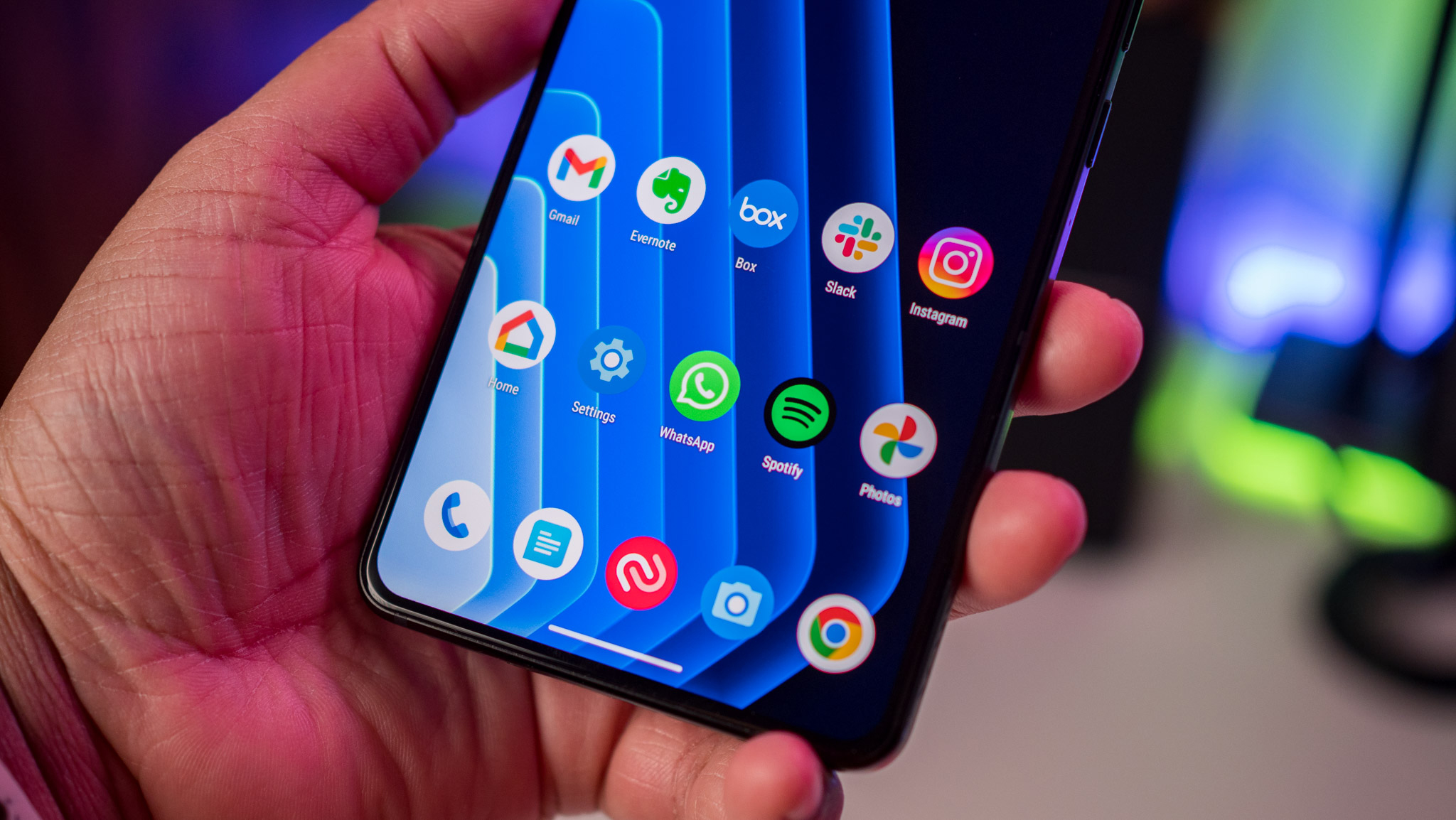
ASUS knows a thing or two about hardware, and the ROG Phone 8 Pro has what is arguably the best hardware package of any phone I used to date. It is powered by the Snapdragon 8 Gen 3, and it uses an innovative cooling system to deliver outstanding performance. A lot of brands use liquid cooling, but no one does as good a job as ASUS in this regard.
ASUS sells the device in three storage variants: 12GB/256GB, 16GB/512GB, and 24GB/1TB. I'm using the 24GB/1TB model, and while the RAM is overkill, I'm glad there's plenty of storage — I switched to it from the Pixel 8 Pro and its paltry 128GB of storage, and there's significantly more headroom on this device.
The 5,500mAh battery isn't as large as what we got last year, but it's still more than adequate on the device. I'll share more details in my review, but what you need to know now is that the ROG Phone 8 Pro has a terrific hardware package.
ASUS ROG Phone 8 Pro: More to come
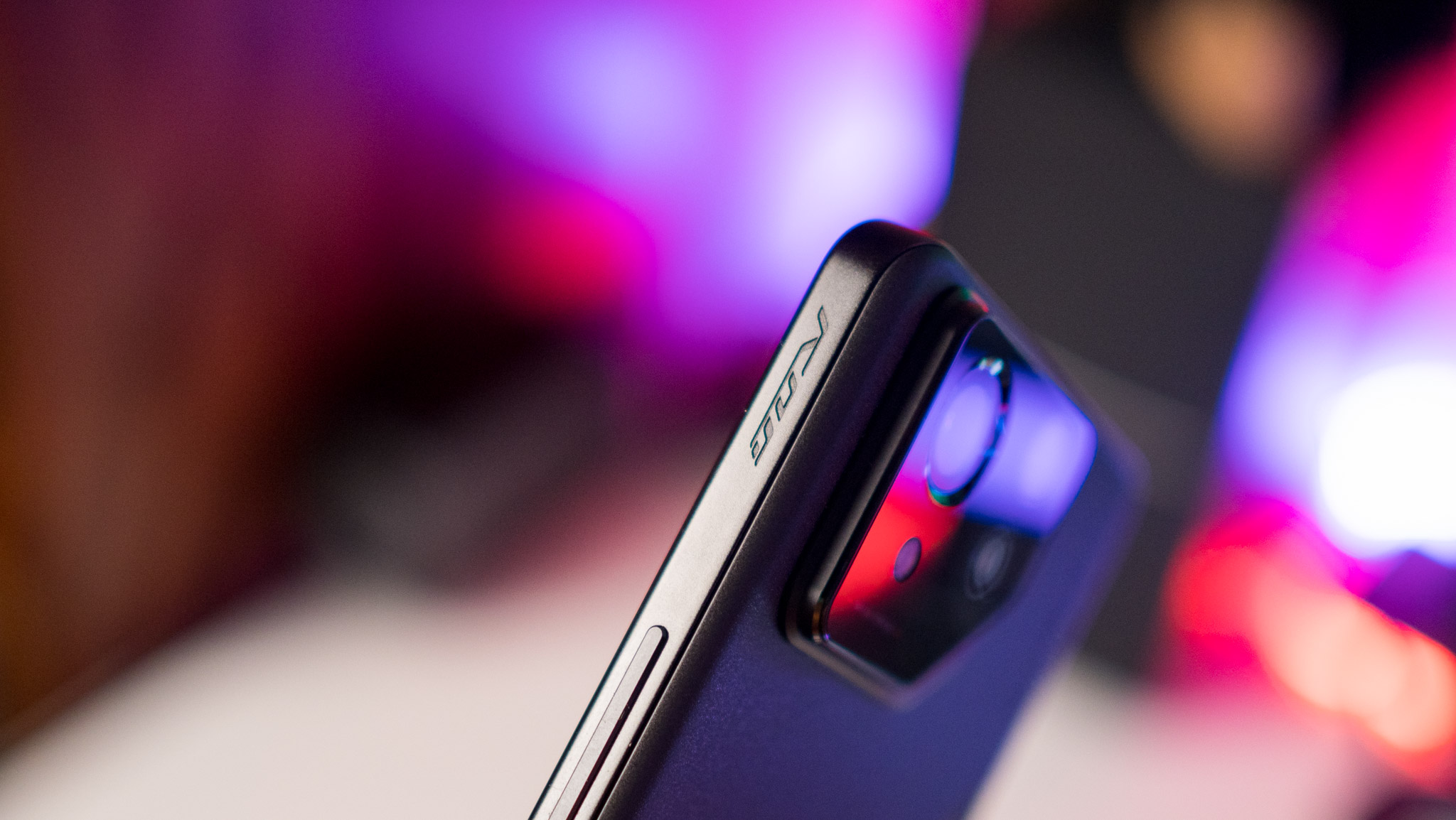
There's much more to talk about the ROG Phone 8 Pro, but I'll reserve that for the full-fledged review. The cameras in particular are much better than previous years, and the 50MP Sony IMX890 lens has proven reliability. The software is also among the best of any phone today; ZenUI has a clean interface without any bloatware, and you get extensive customizability.
The only downside is that the phone will get just two platform updates. I bugged ASUS for years to change its stance, but the brand only guarantees two Android OS updates along with four years of security updates. That's not nearly adequate when you consider most other brands offer four OS updates as standard, with the Pixel 8 series going up to seven.
There isn't much of a difference between the ROG Phone 8 and the Pro model, with the latter getting the 24GB/1TB variant and the AeroActive Cooler X out of the box. There are variances with the design, but other than that, you get the same hardware and cameras on either device.
Availability has been an issue with ASUS in the past, and the brand notes it will do a better job in that area in 2024. Overall, the ROG Phone 8 Pro is turning out to be an early contender to one of my favorite phones of 2024, and the changes to the design and upgrades to the hardware make it a fabulous choice if you want a phone that not only excels at gaming, but also takes great photos, and has all the extras.

Harish Jonnalagadda is Android Central's Senior Editor overseeing mobile coverage. In his current role, he leads the site's coverage of Chinese phone brands, networking products, and AV gear. He has been testing phones for over a decade, and has extensive experience in mobile hardware and the global semiconductor industry. Contact him on Twitter at @chunkynerd.
